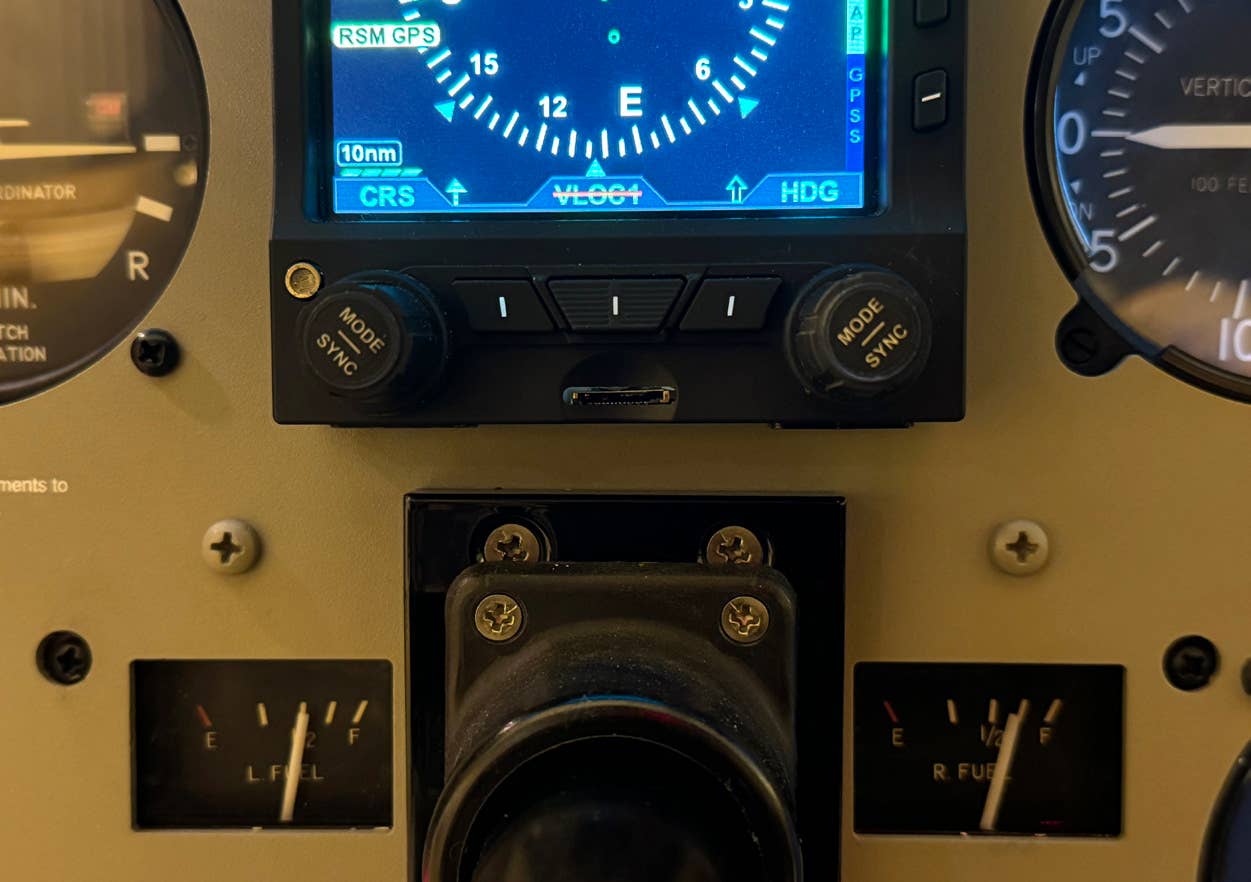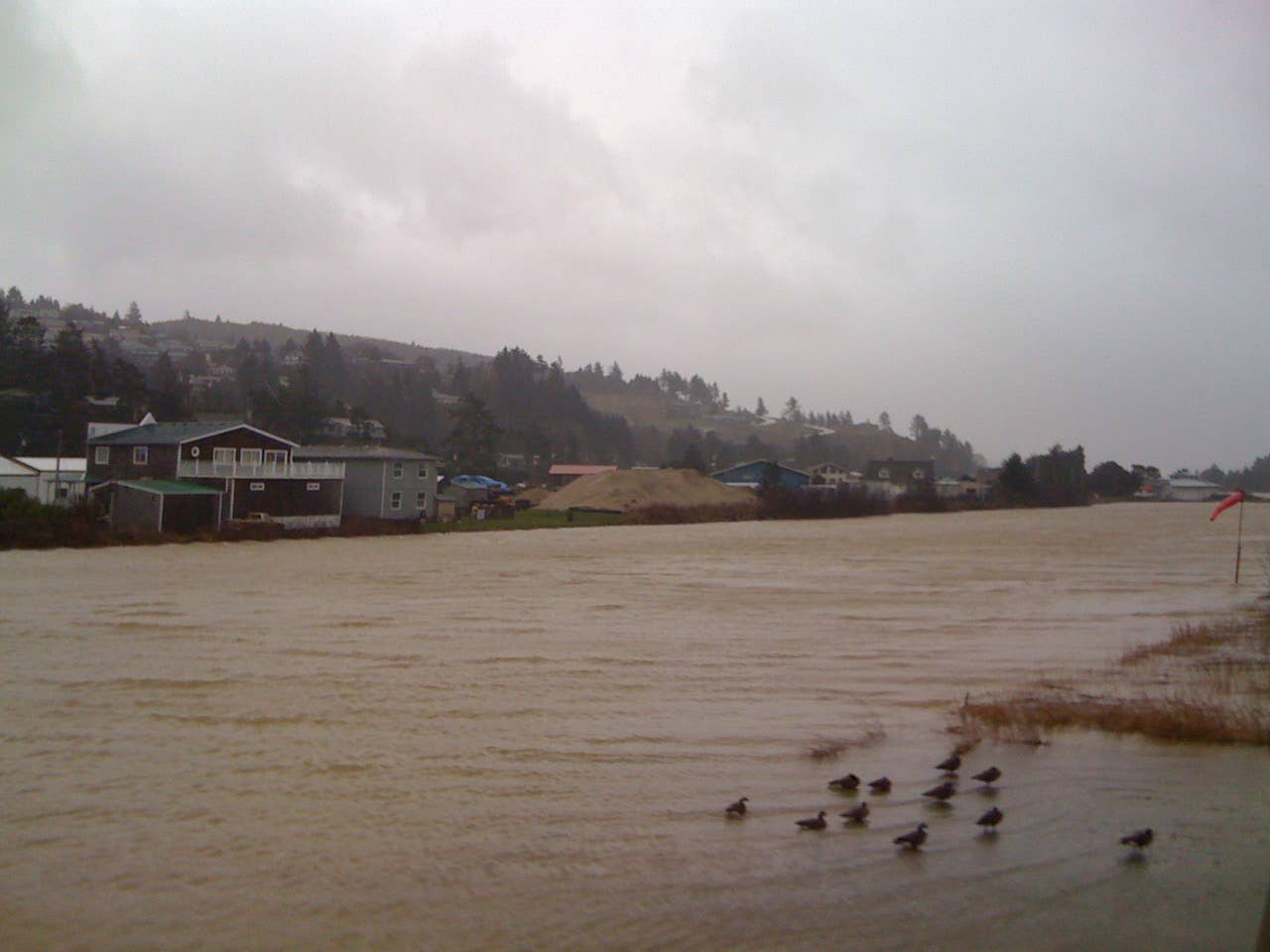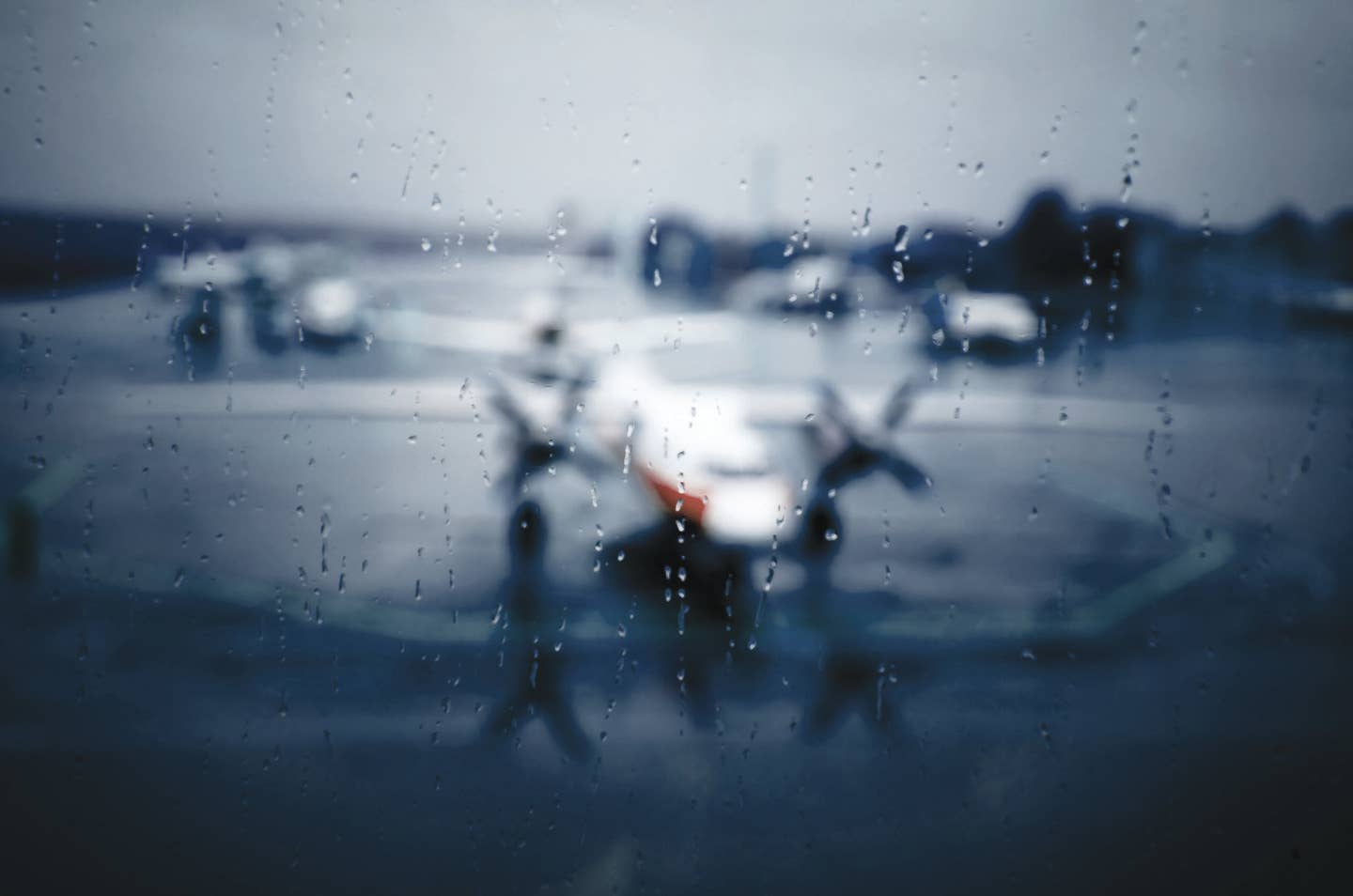
It was a routine flight in every way. A University of North Dakota flight instructor took off from Grand Forks, North Dakota, at 5:45 p.m. with a private pilot who was in the university's commercial/instrument flight program, for a three-leg, cross-country night flight in a twin-engine Piper PA-44-180 Seminole. It was a clear night with winds out of the northwest at 10 to 15 knots, plus an airmet for possible moderate turbulence below 8,000 feet. The pilot had carefully planned the flight, utilizing DUAT to assess the weather and filing two VFR flight plans with flight service.
After an intermediate stop at Hutson Field Airport in Grafton, North Dakota, they arrived at St. Paul Downtown Airport in St. Paul, Minnesota, at 8 p.m. and used a crew car to go for dinner. Before their departure the pilots had the airplane fuel tanks filled with 42 gallons of 100LL aviation fuel, which was more than enough to get them back to Grand Forks with adequate reserves.
After they departed St. Paul at 9:15 p.m., they contacted the FAA Minneapolis Tracon and requested VFR flight following service on the flight back to Grand Forks. The controllers observed the airplane level at 4,500 feet on a course to Grand Forks until flight following was terminated 40 minutes later as the airplane approached the limits of normal radar coverage.
A search was initiated by the Civil Air Patrol and local authorities when the airplane did not arrive at the destination. Finally at 6:10 p.m. the following evening a portion of the tail of the airplane was observed sticking out of a shallow bog in a sparsely populated area northeast of Browerville, Minnesota. Both the pilot and the flight instructor were killed.
What could cause a well-prepared, relaxed pilot and flight instructor on a routine flight in good weather with plenty of fuel to fall out of the sky? The NTSB report states that when the wreckage was extracted from the bog, the left wing had a crescent-shaped depression forward of the spar immediately inboard of the wingtip. The upper wing skin was torn through along the aft edge of the depression along the spar. The entire right half of the T-tail horizontal stabilator appeared to be deformed downward about 10 degrees, and the leading edge was twisted down approximately 15 degrees, while the left half of the stabilator was bent upward approximately 90 degrees at the tip, with the inboard leading edge skin torn from the spar.
Analysis of the PFD data showed the airplane was maintaining 160 knots at 4,500 feet on a heading of 320 degrees when it abruptly departed from controlled flight, rolled approximately 20 degrees left wing down and yawed about 30 degrees to the left as the nose pitched down about 40 degrees. The airplane then immediately reversed, entering a descending right roll into the ground. Investigators noted an unusual material on the inside surface of the wing skin that was "inconsistent with those used in the construction of an aircraft." Further analysis showed that it was the remains of a Canada goose.
US Airways Flight 1549's successful ditching in the Hudson River after colliding with birds was a featured issue for many weeks. From all the attention you would think that bird strikes are a relatively rare event. Actually, it was mostly the splashy ending to this flight and the impact of the potential tragedy that was narrowly averted that has led to the abundance of media reporting on this event.
A little research shows that collisions between aircraft and wildlife are amazingly common. In fact, Mike Begier, the national coordinator for the Airport Wildlife Hazards Program, estimates that there are about 25 bird strikes each day in the United States alone, with about 14 percent, or three to four strikes a day, causing some damage. In fact, the accident airplane had experienced another bird strike the day before the accident, with damage to the left engine. The left engine mufflers were replaced the morning of the accident. Close encounters of the furry kind, while not as common, are much more likely to result in damage.
A chart listing all reported strikes between 1990 and 2006 shows 71,670 birds, 199 bats, 1,569 "terrestrial mammals," and 88 reptiles for a total of 73,526 strikes. It is estimated that up to 80 percent of all bird strikes are not reported, so the total number of strikes is much higher. Encounters with wildlife cause around 580,000 hours of downtime each year, with an estimated annual cost of $603 million. Even worse, at least 156 people have been killed and 120 aircraft destroyed by strikes with wildlife in the United States since 1990.
There is an enormous amount of effort being put into reducing the frequency of wildlife strikes. Most collisions happen on or near an airport, where there is a greater concentration of aircraft. Since many airports offer an ideal environment for wildlife, there is often a greater concentration of wildlife, too. By analyzing the types of wildlife typically involved in collisions with aircraft at a specific airport, it is possible to alter the environment around the airport to reduce the prevalence of that type of wildlife. This might include keeping grass longer or shorter or draining wetlands. Other efforts involve trying to scare away wildlife using everything from falcons to loud noises. If all other efforts fail, the number of wildlife in the area can be reduced through culling.
It would seem like there is not much that a pilot can do to avoid a wildlife strike, especially a bird strike. After all, what steps can a pilot take to avoid hitting a Canada goose while cruising at 160 knots at 4,500 feet in total darkness? There are actually a number of tools a pilot can use to assess the risk of a strike and take positive steps to avoid one. Because military pilots fly low-level training routes at high speeds -- the most risky flight profile for bird strikes -- the military has made reducing bird strikes a top priority.
Using years of data on the location, date, time and type of bird involved in thousands of bird strikes, they developed a Bird Avoidance Model, which is available to the public at usahas.com/bam. This website allows a flight planner or pilot to assess whether the risk of a bird strike is low, moderate or severe at a specific location on a particular day of the year and even at a specific time of day or night. Air Force flight planners and pilots use this model in their flight planning process to ensure that areas where the risk is severe are avoided unless absolutely necessary for the mission. This has resulted in a significant reduction in the number of bird strikes experienced by the Air Force.
The FAA supports a National Wildlife Strike Database developed by Embry-Riddle Aeronautical University in Prescott, Arizona (wildlife.pr.erau.edu/public/index1.html). This database contains over 109,000 wildlife strikes by over 450 species of birds and animals. A pilot can access a summary of all strikes for all states and all species, or it is possible to select one species in one state. While the Bird Avoidance Model and the National Wildlife Strike Database are both based on historical data, the Avian Hazard Advisory System (usahas.com) provides real-time risk prediction of bird movement within the United States for a 24-hour window.
In light of the huge number of wildlife strikes each year, and the growing list of aircraft that have been damaged or destroyed and people who have been killed or injured, every pilot should spend a little time online to research this topic and determine the risks in their normal area of operation. If you live in a high-risk area, then do a specific search before each flight to determine if that flight will take you through a moderate or severe risk area. If it does, then modify the flight time or path to reduce that risk.
It may seem obvious, but do not take off or land if you observe animals or concentrations of birds on the runway, or birds in your flight path. It is not safe to assume that they will get out of your way, and there is no evidence that lights, radar or the noise of the airplane can be counted on to scare wildlife away.
Sometimes a simple change in altitude will do the trick. The University of North Dakota airplane was flying at 3,500 feet agl through an area where geese often fly at night, usually below 3,500 feet. Simply climbing 2,000 feet higher would have reduced the risk of a collision significantly. Four thousand feet higher would have reduced the risk even more. A lower groundspeed on a westbound flight is a small price to pay for such a significant reduction in a serious and possibly fatal risk factor.
The data in the various websites mentioned above is available to help us only because the pilot reported the strike. If you do experience a wildlife strike of any kind, in the air or while still on the ground, report it and if possible provide feather or tissue specimens. A simple form with full instructions is available at wildlife.pr.erau.edu/strikeform/birdstrikeform.php. In the United States, the Smithsonian Institute will identify feather or tissue remains for free using their collection of 62,000 stuffed bird specimens, and the FAA conducts a hazard assessment of all wildlife strikes in the vicinity of an airport to determine if any steps should be taken to reduce the risk.
While wildlife strikes are a risk for all pilots, some pilots have a much greater risk because of the area they fly in or because they operate at low altitudes. It is well worth the time to determine your risk and devise steps to reduce that risk as much as possible.

Sign-up for newsletters & special offers!
Get the latest FLYING stories & special offers delivered directly to your inbox






